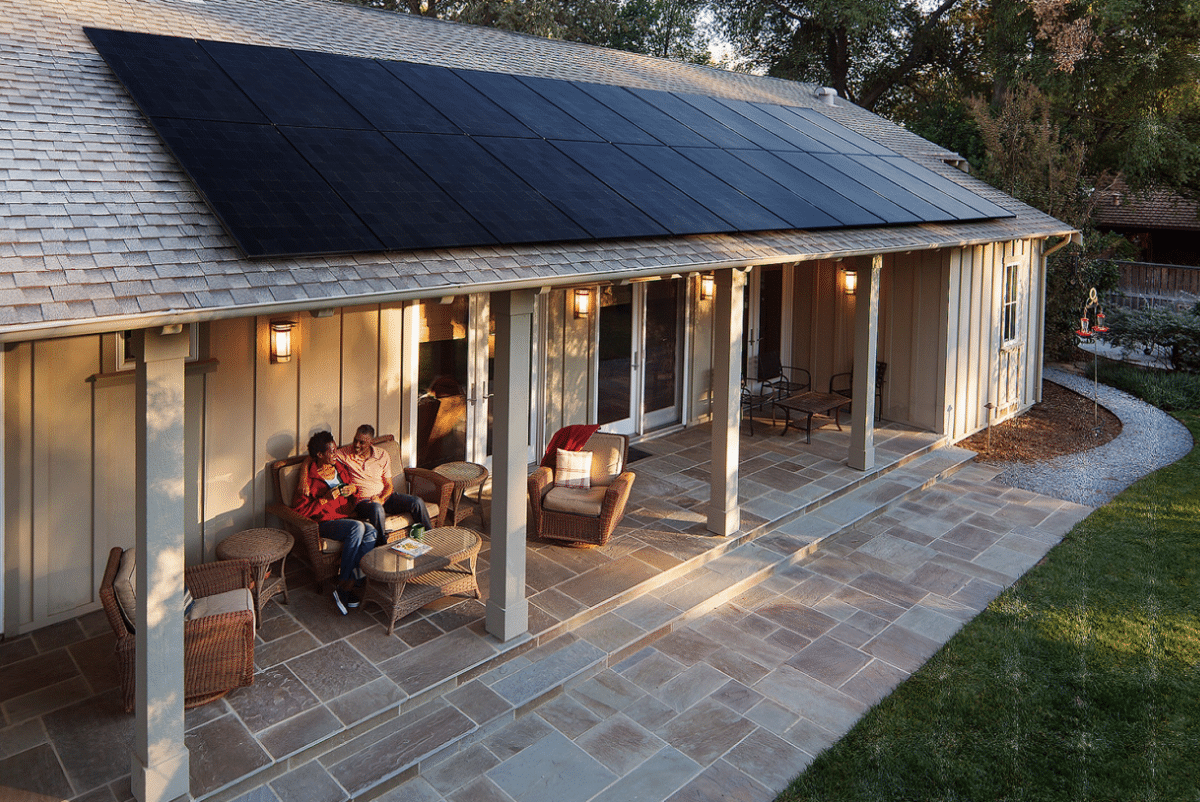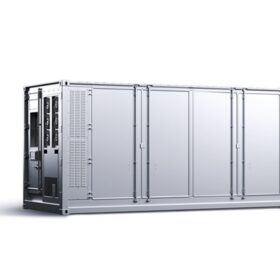During the first quarter of 2021, 42 states plus D.C. took a total of 155 actions related to distributed solar policy and rate design. That’s according to the North Carolina Clean Energy Technology Center’s (NCCETC) Q1 2021 edition of The 50 States of Solar. The quarterly series provides insights on state regulatory and legislative discussions and actions on distributed solar policy.
Of the 155 actions, the most common were related to distributed generation compensation rules (51 actions across 27 states), followed by community solar (33 actions, 19 states), and residential fixed charge and minimum bill increases (23 actions, 15 states plus D.C.).
The report found that activity related to fees based on distributed generation system capacity continued to rise during the first quarter. Many states also have begun to revisit net metering successor tariffs, and also are looking at ways to expand the availability of net metering by increasing system size or aggregate capacity limits.
5 actions of interest
The report also highlights five policy developments from the quarter that the authors deemed to be especially impactful or relevant.
In February, Connecticut regulators issued a decision approving two net metering successor tariff options. One is a buy-all, sell-all tariff with a fixed compensation rate. The other is a netting tariff using a monthly netting interval and an export credit rate set at the applicable retail rate. Both tariffs include a 20-year term, and utilities are to file proposals for non-bypassable charge designs by January 2022.
Next up is New Mexico’s SB 84, a bill recently passed into law that sets the groundwork for a statewide community solar program in 2022. The program includes a 30% capacity carveout for low-income people and service organizations.
The report also highlighted the flurry of proposed tariff designs for California’s Net Metering 3.0 initiative. It has become a hot topic since utilities Pacific Gas & Electric, San Diego Gas & Electric, and Southern California Edison filed their joint proposal in late March.
And although Kansas may not be a state that you would typically think of as at the forefront of distributed generation legislative action, the report reviews a regulatory rejection of Evergy’s proposal to replace its distributed generation customer demand charge with a grid access charge, arguing that the new charge discriminated against solar. THe utility also proposed a Minimum Bill, an amount that all electric customers would have to pay, regardless of usage, though this was rejected due to the negative impact on low income customers it would have.
The last state focus included action in West Virginia’s House that passed legislation in March authorizing the use of third-party power purchase agreements (PPAs) for solar systems that are designed to meet the electrical needs of different customer levels. The news is significant, as West Virginia is one of seven states where third-party PPAs are disallowed. The state Senate passed the bill in April, and the legislation is awaiting action by the governor.
This content is protected by copyright and may not be reused. If you want to cooperate with us and would like to reuse some of our content, please contact: editors@pv-magazine.com.








By submitting this form you agree to pv magazine using your data for the purposes of publishing your comment.
Your personal data will only be disclosed or otherwise transmitted to third parties for the purposes of spam filtering or if this is necessary for technical maintenance of the website. Any other transfer to third parties will not take place unless this is justified on the basis of applicable data protection regulations or if pv magazine is legally obliged to do so.
You may revoke this consent at any time with effect for the future, in which case your personal data will be deleted immediately. Otherwise, your data will be deleted if pv magazine has processed your request or the purpose of data storage is fulfilled.
Further information on data privacy can be found in our Data Protection Policy.